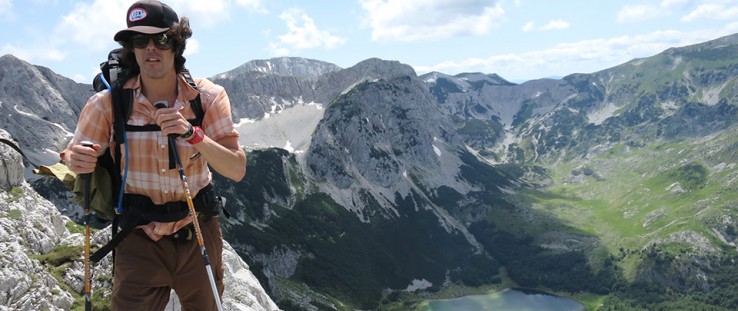 Alex Crevar stands in front of Trnovačko Lake in Montenegro near the Bosnia and Herzegovina border.
Thierry Joubert
Alex Crevar stands in front of Trnovačko Lake in Montenegro near the Bosnia and Herzegovina border.
Thierry Joubert
 Alex Crevar stands in front of Trnovačko Lake in Montenegro near the Bosnia and Herzegovina border.
Thierry Joubert
Alex Crevar stands in front of Trnovačko Lake in Montenegro near the Bosnia and Herzegovina border.
Thierry Joubert
The Via Dinarica hiking trail was recently named one of National Geographic Traveler’s Best Trips of 2017. It was a journey to reach that important recognition.
In 2008, a group of passionate outdoorsmen and women began the journey to turn a big dream into reality. They wanted to develop a 1,200-mile hiking trail that would wind its way through the Dinaric Alps and Šar Mountains in the Western Balkans. The idea, which had gained traction with several groups of mountaineers in the Balkans, led to the creation of Via Dinarica, a trekking route that connects Slovenia, Croatia, Bosnia and Herzegovina, Montenegro, Albania, Serbia, Kosovo and Macedonia.
Today that trail is one of the region’s biggest tourist successes.
The highly publicized period of conflict after the breakup of Yugoslavia in the 1990s and continuing ethnic tensions in the early 2000s left a lingering misperception that the Balkans are unsafe for travelers, which damaged the tourism industry.
Kenan Muftic has been involved with Via Dinarica since 2012, and is currently the head of Terra Dinarica, an organization that, with funding from USAID and the United Nations Development Program (UNDP), supports the trail in Bosnia and Herzegovina.
“Bosnia and Herzegovina is a complicated country that has a lot of challenges and bad history,” he explains. “My position when I started working on Via Dinarica was that we simply focus on the trail. We disregard our differences and disagreements. We don’t discuss politics. Amazingly, everything works well. We are becoming friends with the people we were enemies with yesterday with no special effort. If we can work together, then everyone in this region can work together.”
Alex Crevar agrees. He has been involved from the beginning, and currently works to promote the trail on behalf of USAID. He also authored the National Geographic Traveler’s Best of 2017 article on Via Dinarica. Crevar believes the region has distanced itself from its troubled past and has the potential to become the next adventure tourism hotspot. “To have cross-border tourism with this many countries in a post-conflict situation is nearly unheard of; there are really only two or three other places on the planet where this has happened,” said Crevar.
Individuals, tour operators and governments are building up regional networks and beginning to improve regional cooperation to change perceptions. A group of tour operators and individuals called the Via Dinarica Alliance organizes activities around training, trail upkeep and international promotion.
With respect to Western Balkans tourism, the whole is greater than the sum of the parts: Although relatively small in area and population, individual countries along the trail provide spectacular experiences on their own. Promoting the Western Balkans as a region, beyond the country-specific promotional activities that are typically undertaken by tourism programs, further enhances the attractiveness of Balkan countries for European and American tourists. Such regional integration broadens and deepens the economic development impact of individual countries and associated communities and revives cross-border relationships that suffered or were severed following the breakup of the former Yugoslavia.
When Trail Meets Town
The completion of the trail in 2016 came at a serendipitous moment for adventure tourism. But, according to Crevar, the Via Dinarica offers something special: an authentic cultural experience. “The Balkan allure is the combination of adventure and authenticity,” he says, “and the Via Dinarica brings them both together.”
The trail winds its way above tree lines, through dense forest, across ancient farmland and medieval villages, and past stunning views of the Adriatic Sea. The trail rises and falls with the flow of the Dinaric Alps, and makes its way through natural wonders like the primeval forests of Sutjeska National Park in Bosnia and Herzegovina, and Montenegro’s wild Prokletija National Park. It takes visitors deep inside the Šar Mountains in Macedonia—one of the biggest and highest ranges in the Balkans—before continuing to Mt. Korab, the highest peak on the trail. Via Dinarica reaches its end at the stunning Lake Ohrid in Macedonia.
Aleksandar Donev operates Mustseedonia, a sustainable development and adventure travel promotion agency in Macedonia. He says the Via Dinarica is about more than just its diverse and captivating scenery, but also about the energy of the trail. “Adventure travel is mostly about the places, but what stays is the energy and the emotions that we exchange,” explains Donev. “Here you discover the roots of our culture and our identity. The essence of the whole experience is the welcoming and warmhearted people who share this beauty.”
Hiking the Via Dinarica, whether taking the entire summer to walk its length, or an autumn weekend to explore a small section, exposes visitors to Balkans traditions, but also helps to preserve unique cultural practices. Crevar believes that tourists can help preserve traditions by embracing local culture. “Things they didn’t give mind to one way or the other, like making bread and herding sheep, are suddenly being held with great value,” he says.
Cultural exchange and preservation aren’t the only positive outcomes from the trail. It also brings important economic opportunities to small, rural communities. “Showing somebody that tourists will come from far away just to see the things, and also spend money, we make a reason for people to stay,” Muftic says.
The Smiljanic Farm in Kupres, Bosnia and Herzegovina, owned by Ilija and Danka Smiljanic, is the only facility near that part of the trail that offers food and accommodation to hikers. The couple is educated in agronomy and decided to return to their hometown after the war to open a farm.
“It took us seven years to put the farm in order. Today, we breed sheep and cows (both indigenous breeds), have two riding horses, produce our own food for the cattle as well as organic fruit, vegetables, two types of cheese and cream for the household and our guests,” said Ilija Smiljanic. “We also have a tavern where we serve our products and, as of last year, and thanks to USAID and UNDP, which supported us with the provision of a small grant, we can now accommodate 10 people.” The couple believes that the Via Dinarica helped put their farm on the map, figuratively and literally as it’s listed in Via Dinarica promotional materials.
The Via Dinarica hiking trail in the Western Balkans spans 1,200 miles and eight countries—Slovenia, Croatia, Bosnia and Herzegovina, Montenegro, Albania, Kosovo, Serbia and Macedonia.
The trail is supported by the USAID Europe & Eurasia Bureau’s Regional Economic Growth program throughout the Balkans region. This project works to promote the trail as a regional destination.
USAID’s Bosnia and Herzegovina mission and UNDP work together to promote and develop local communities and small businesses, preserve cultural heritage and connect the communities of the Dinaric Alps through the burgeoning tourism industry.
In Kosovo, the Via Dinarica is being developed with support from the EMPOWER project, which receives funding from USAID’s mission in Kosovo.
Along the trail, nature preservation goes hand-in-hand with economic development. “There is no Via Dinarica without conservation. And there is no protection of nature without Via Dinarica, or economic growth,” said Muftic. His organization, Terra Dinarica, helps maintain, protect and promote the portion of the trail in Bosnia and Herzegovina, with a particular focus on ecotourism and conservation.
A Little Support Goes a Long Way
The Encijan Co., a tour operator from Bosnia and Herzegovina, benefited from trainings, seminars and workshops supported by USAID. With a $2,700 grant, the company purchased new rafting and mountaineering equipment, which was followed by a 10 percent increase in customers. Promotion efforts supported by USAID have also helped the company to grow.
“With the appearance of Via Dinarica in our region and enlisting our geographical area into its official composition, we have gained a lot in terms of credibility of our region and locality, while its promotion and marketing in the world significantly helped development of our business and influx of new tourists from around the world and the region,” said Milan Supic, the owner and general manager. In addition to providing small grants to local businesses along the trail, USAID has also supported trail marking, infrastructure improvements, and training to help strengthen civil society and tourism operators along the trail.
Uta Ibrahimi, owner of Butterfly Outdoor Adventure in Kosovo, says that “The largest support [from USAID] is promotion of the region and helping to create place for me to run a business that can offer great tourism options for Kosovo.”
Crevar says that USAID saw the potential of the trail early on: “There’s absolutely no way that we would be where we are right now without USAID facilitating, sponsoring, supporting—everything that we have done has been supported by USAID in one way or another. From the very beginning, the support made it possible for us to do everything we have done so far. USAID as an office wasn’t necessarily sitting in the room when I was talking with National Geographic Traveler, but USAID facilitated the chance for that conversation.”
For those whose livelihoods center around the trail, it’s become more than just a job.
“Via Dinarica has given me a sense of belonging,” says Ibrahimi, the tour company operator. “Kosovo is a young country and everyone has heard about Kosovo due to the war and ethnic tensions. Both Kosovo and the region are more than that. If you get up in the mountains, you can feel the peace coming through you and this is how it should be remembered.”








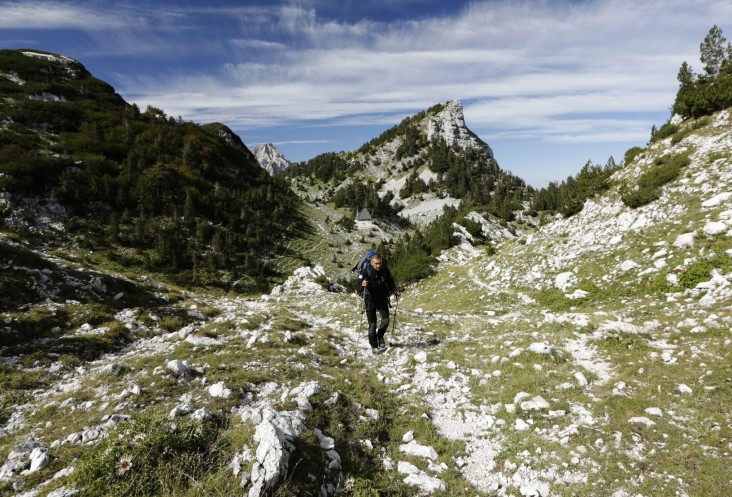

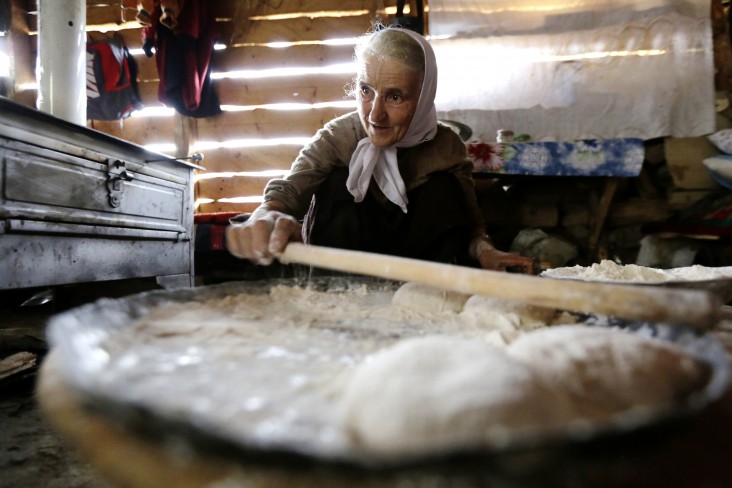
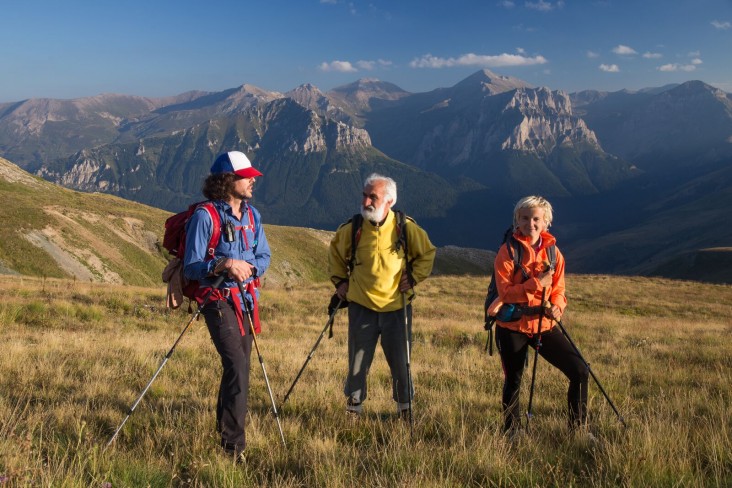
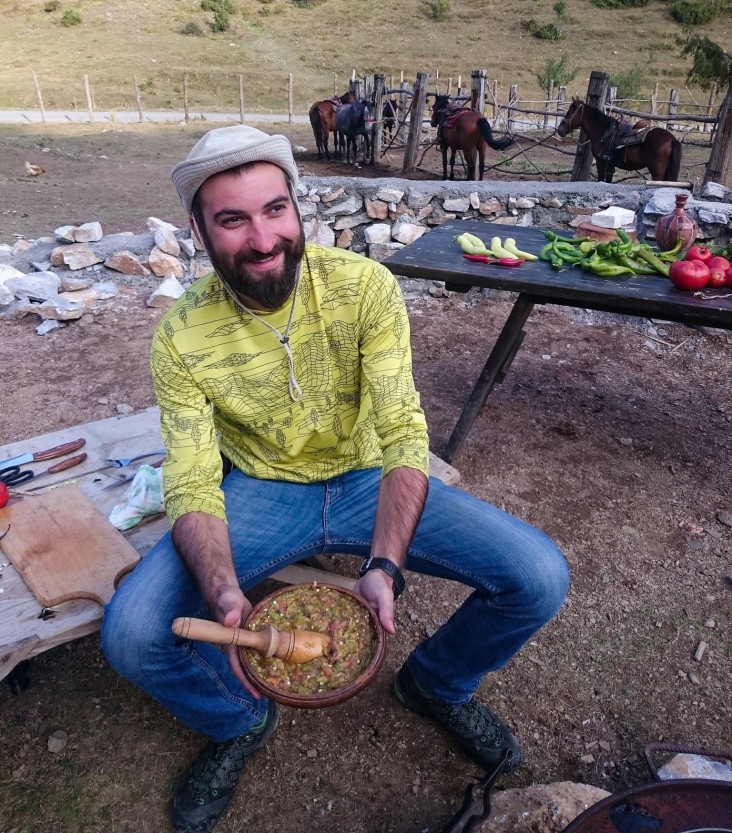
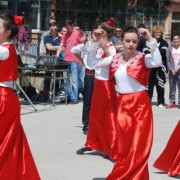
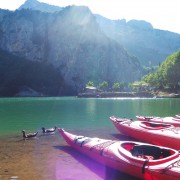
Comment
Make a general inquiry or suggest an improvement.